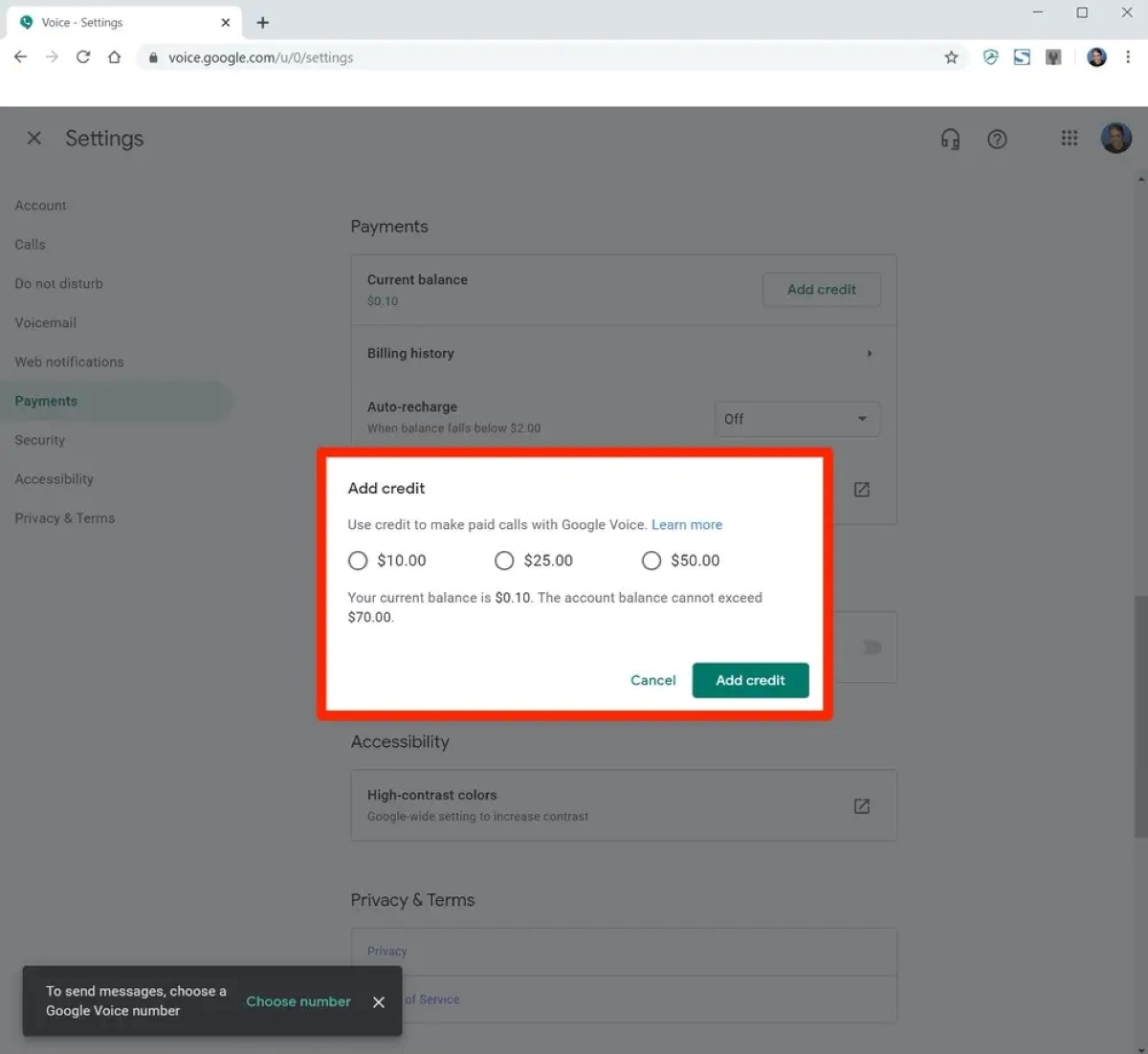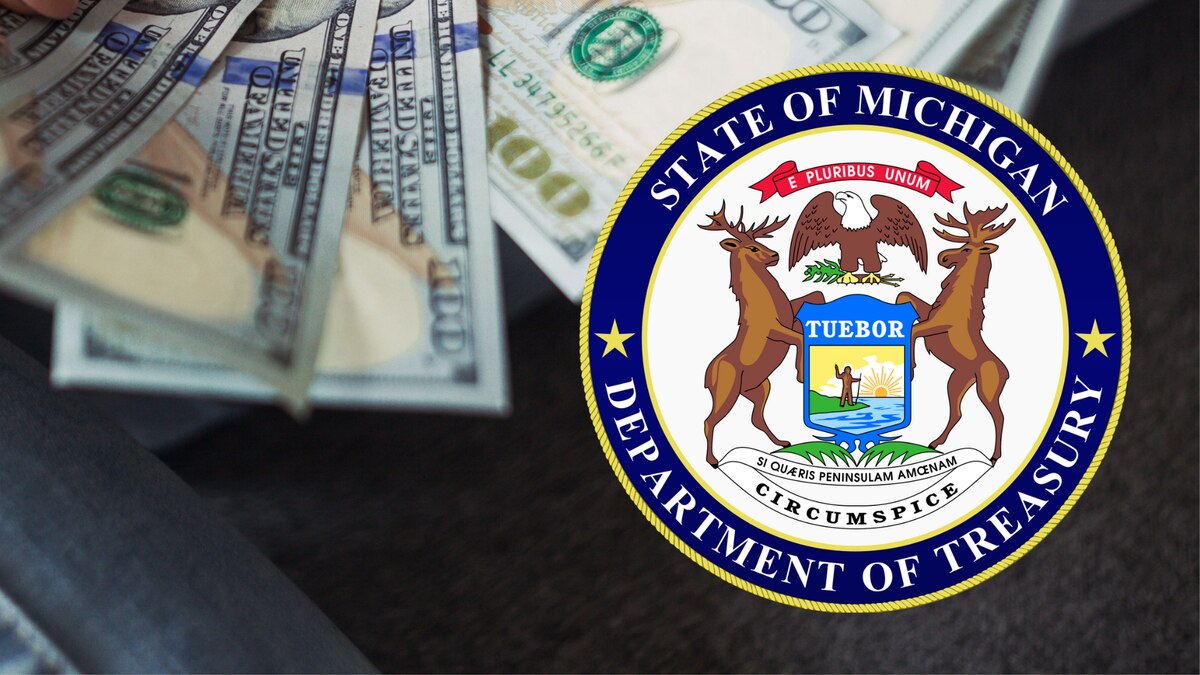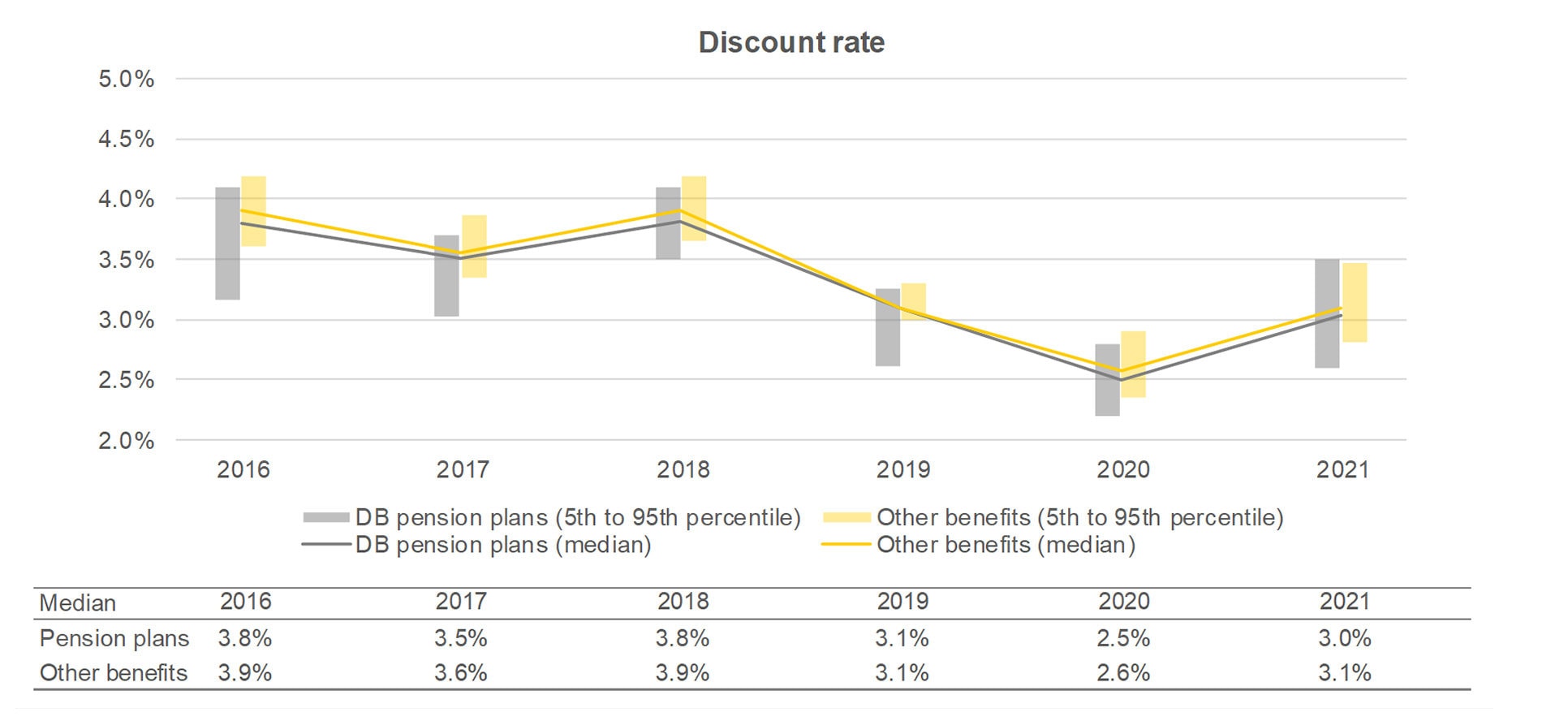

Finance
What Is A Grace Period, And How Long Is It?
Published: February 19, 2024
Learn about grace periods in finance and how long they typically last. Understand the importance of grace periods for managing your finances effectively. Discover how to make the most of this financial flexibility.
(Many of the links in this article redirect to a specific reviewed product. Your purchase of these products through affiliate links helps to generate commission for LiveWell, at no extra cost. Learn more)
Table of Contents
Introduction
Understanding Grace Periods in Finance
When it comes to managing finances, understanding the concept of a grace period is crucial. Whether you have a credit card, a loan, or a mortgage, the grace period can significantly impact your financial well-being. In the world of personal finance, a grace period refers to the additional time a lender grants a borrower to make a payment after the due date without incurring penalties.
Grace periods are designed to provide borrowers with a window of opportunity to make payments without facing late fees or negative credit reporting. This period can be a valuable asset for individuals who encounter temporary financial constraints or unexpected cash flow issues.
As a borrower, it’s essential to comprehend the specifics of grace periods associated with different financial products. This understanding empowers you to make informed decisions regarding your payment schedules and financial obligations. Let’s delve deeper into the intricacies of grace periods and explore their significance in various financial contexts.
Understanding Grace Periods
Grace periods are provisions within financial agreements that allow borrowers to make payments after the due date without incurring penalties. They are commonly associated with credit cards, student loans, and certain types of insurance policies. It’s important to note that not all financial products offer grace periods, so it’s essential to review the terms and conditions of each agreement.
For credit cards, the grace period typically refers to the window of time between the end of a billing cycle and the due date for the payment. During this period, no interest accrues on the outstanding balance as long as the full amount is paid by the due date. This feature makes credit cards an attractive tool for managing short-term expenses without incurring interest charges if the balance is paid in full each month.
When it comes to student loans, grace periods often refer to the period of time after a borrower graduates, leaves school, or drops below half-time enrollment before the repayment of the loan begins. This allows individuals to secure employment and establish financial stability before commencing loan payments.
Additionally, some insurance policies, such as those for automobiles, may include a grace period that extends the coverage even if the premium payment is overdue. This can provide a safety net for policyholders who encounter unexpected financial hardships.
Understanding the presence and terms of grace periods within your financial agreements is paramount. It enables you to leverage these provisions effectively and navigate your financial responsibilities with greater confidence and flexibility.
Common Types of Grace Periods
Grace periods manifest in various forms across different financial products. Understanding the common types of grace periods can shed light on their diverse applications and implications.
1. Credit Cards: Credit card grace periods typically revolve around the billing cycle. When a statement is generated, the cardholder is provided with a grace period during which they can pay the outstanding balance without incurring interest charges. This period usually ranges from 21 to 25 days, but it’s essential to consult the specific terms of your credit card agreement.
2. Student Loans: Many student loans offer a grace period that allows borrowers to defer payments for a specified period after leaving school. This period provides recent graduates with the opportunity to secure employment before the commencement of loan repayments.
3. Insurance Policies: Certain insurance policies, such as auto insurance, may include a grace period that extends coverage even if the premium payment is overdue. This can offer a buffer for policyholders facing temporary financial challenges.
4. Utilities and Subscriptions: Some utility companies and subscription-based services may offer grace periods for bill payments, allowing customers to settle their accounts after the due date without facing immediate consequences.
5. Loans and Mortgages: In the realm of loans and mortgages, grace periods can vary significantly. Some agreements may include a brief grace period after the due date, while others may offer a more extended period before late fees or negative credit reporting take effect.
Understanding the nuances of these common grace periods empowers individuals to navigate their financial obligations strategically. By leveraging these provisions effectively, borrowers can optimize their cash flow management and mitigate the impact of unforeseen financial challenges.
How Long Is a Grace Period?
The duration of a grace period varies depending on the type of financial product and the terms outlined in the corresponding agreement. For credit cards, the grace period commonly ranges from 21 to 25 days. This period typically starts at the end of the billing cycle and extends to the payment due date. It’s important for cardholders to be aware of the specific length of the grace period associated with their credit cards, as it can impact interest accrual and payment scheduling.
When it comes to student loans, the grace period often spans six months after the borrower graduates, leaves school, or drops below half-time enrollment. This timeframe allows individuals to transition into the workforce and stabilize their financial situation before they are required to commence loan repayments.
Insurance policies may offer grace periods of varying lengths, providing policyholders with additional time to make premium payments without jeopardizing their coverage. These periods can range from a few days to several weeks, depending on the insurer and the specific terms of the policy.
It’s important to note that the duration of grace periods for loans and mortgages can differ significantly based on the terms of the agreement. Some lenders may offer a brief grace period of a few days, while others may provide a more extended period before imposing late fees or reporting delinquencies to credit agencies.
Understanding the length of grace periods associated with different financial products is essential for effective financial planning and budget management. By being cognizant of these timelines, borrowers can optimize their payment strategies and leverage the benefits of grace periods to navigate temporary financial challenges.
Importance of Grace Periods
Grace periods play a pivotal role in safeguarding the financial well-being of borrowers and providing them with valuable flexibility. Understanding the significance of grace periods can empower individuals to make informed financial decisions and navigate their obligations with greater confidence.
1. Financial Flexibility: Grace periods offer borrowers the flexibility to manage their cash flow effectively. Whether facing unexpected expenses or temporary financial constraints, having a window of time to make payments without incurring penalties can alleviate immediate financial pressure.
2. Opportunity for Strategic Planning: Grace periods provide an opportunity for strategic financial planning. By leveraging the additional time granted through grace periods, borrowers can align their payment schedules with their income cycles, optimizing their financial resources and minimizing the risk of default.
3. Protection Against Penalties: Grace periods serve as a protective measure against late fees, interest charges, and negative credit reporting. They offer a buffer for borrowers who may encounter challenges in meeting their payment deadlines due to unforeseen circumstances.
4. Transitional Support: In the case of student loans, grace periods offer recent graduates the transitional support needed to secure employment and establish a stable financial foundation before commencing loan repayments. This period can be instrumental in facilitating a smooth transition from academia to the workforce.
5. Enhanced Financial Management: By understanding and utilizing grace periods effectively, individuals can enhance their financial management skills. These provisions encourage responsible financial behavior and empower borrowers to navigate their obligations with prudence and foresight.
6. Alleviation of Temporary Hardships: Grace periods provide a safety net for individuals facing temporary financial hardships, allowing them to address pressing needs without incurring immediate financial penalties.
Understanding the importance of grace periods equips borrowers with the knowledge to leverage these provisions to their advantage. By incorporating grace periods into their financial strategies, individuals can enhance their financial resilience and mitigate the impact of unforeseen challenges on their financial well-being.
Conclusion
In the realm of personal finance, grace periods serve as invaluable tools that offer borrowers essential flexibility and protection. Whether associated with credit cards, student loans, insurance policies, or other financial agreements, grace periods provide individuals with a crucial window of time to manage their payments without incurring penalties. Understanding the nuances of grace periods and their diverse applications is fundamental to navigating financial responsibilities effectively.
By comprehending the duration and terms of grace periods, borrowers can strategically plan their payment schedules, optimize their cash flow management, and mitigate the impact of temporary financial challenges. These provisions not only safeguard borrowers against immediate penalties but also foster responsible financial behavior and enhance financial resilience.
Moreover, grace periods play a pivotal role in supporting individuals during transitional phases, such as the post-graduation period for students and temporary financial hardships for working professionals. They offer a buffer that allows borrowers to address pressing needs and stabilize their financial standing without facing immediate repercussions.
As borrowers navigate the intricacies of their financial obligations, the knowledge and utilization of grace periods can significantly impact their financial well-being. By leveraging these provisions effectively, individuals can optimize their payment strategies, protect their credit standing, and cultivate sound financial management practices.
Ultimately, grace periods stand as a testament to the symbiotic relationship between lenders and borrowers, providing a balance between fulfilling financial obligations and accommodating unforeseen circumstances. Their presence underscores the importance of proactive financial planning and responsible debt management, contributing to a more resilient and empowered financial landscape for individuals across diverse financial contexts.














